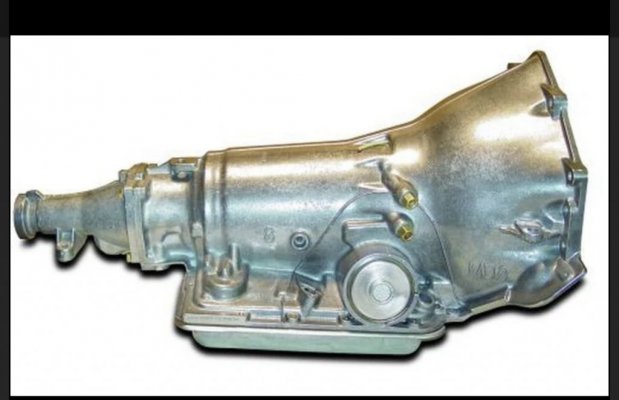The 4L60 and 4L60E internals are almost identical up until 2009ish. Then the started adding input speed sensors (you can’t access the pressure regulator assembly with the trans installed) internal neutral safety switch, special bolts that hold the bellhousing to the case, the list goes on.
In my opinion, Hydromatic should have skipped the PWM torque converter clutch design. Every time the converter clutch engages, the PWM valve cycles a few dozen times. Since GM was too cheap to anodize the valve body, the valve and bore wear. Then the converter clutch slips, burns up the clutch, cooks the fluid, abd it’s all downhill from there. There are valve available in the aftermarket that delete the PWM function.
Around the same time the PWM came out, GM also included lots of durability upgrades. They eliminated some thrust washers for bearings, changes to the 3-4 clutch pack, better roller clutch design, etc. Also around the same time, aluminum accumulator pistons disappeared, to be replaced with plastic. one step forward, 2 steps back.



